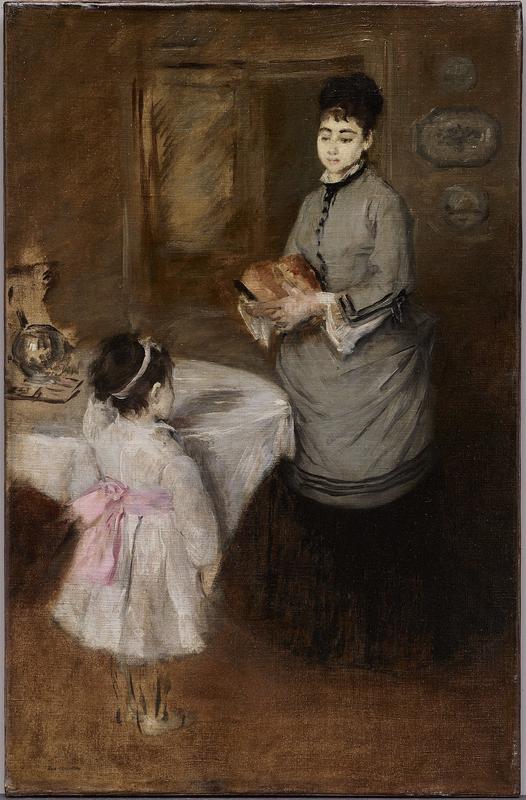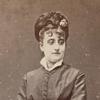More about Afternoon Tea

Contributor
As ordinary as the scene of Afternoon Tea by Eva Gonzalès might seem today, it was quite innovative in 1875.
The French Impressionist painter Eva Gonzalès is one of the many female artists who were held back by their gender. The state-sponsored École des Beaux-Arts did not accept women until 1897. Women from affluent families, like Eva Gonzalès, were able to get private training, though. Gonzalès took lessons at Charles Chaplin’s private studio for women (not the Charlie Chaplin you're thinking of). She later became Édouard Manet’s only official student.
Still, as a woman of higher social standing, Eva Gonzalès did not have the same freedom as her male colleagues when it came to portraying public life. Instead, she focused on the private realm and depicted the domestic life of bourgeois families, like in her painting Afternoon Tea. Today, such a mundane subject might not seem spectacular but at the time, it was this ordinariness and depiction of women in a private space that was groundbreaking. Paintings before that always showed heroic or religious themes, but this painting simply depicts a female servant making a snack for a child.
Another special aspect of the painting is the artist’s use of oil paint, which was traditionally only used by male artists. By using oil paint, the work obtains the status of high art. Unfortunately, the painting is unfinished, which is especially visible in the feet of the child wearing the frilly pink dress.
Sadly, Eva Gonzalès didn’t live very long. When she was only 34, she died during childbirth. During her lifetime, she only made 124 paintings and pastels, which makes Afternoon Tea an important piece of the artist’s short-lived career. The work was part of the 2018 to 2019 exhibition “Women Artists in Europe from the Monarchy to Modernism” at the Dallas Museum of Art.
Sources
- Dallas Museum of Art. “Afternoon Tea.” Accessed September 21, 2022. https://collections.dma.org/artwork/5347838.
- Gempel, Natalie. “The DMA’s Newest Exhibit Tracks the Resiliency and Creativity of Women Artists.” D Magazine, January 23, 2019. https://www.dmagazine.com/arts-entertainment/2019/01/the-dmas-newest-ex….
- Martin, Kelsey. “Breaking the Mold: Three Women Artists.” Dallas Museum of Art Uncrated Blog, March 25, 2019. https://blog.dma.org/tag/eva-gonzales/.
- Saenger, Peter. “The Triumph of Women Artists.” The Wall Street Journal, November 23, 2018. https://www.wsj.com/articles/the-triumph-of-women-artists-1542816015.











